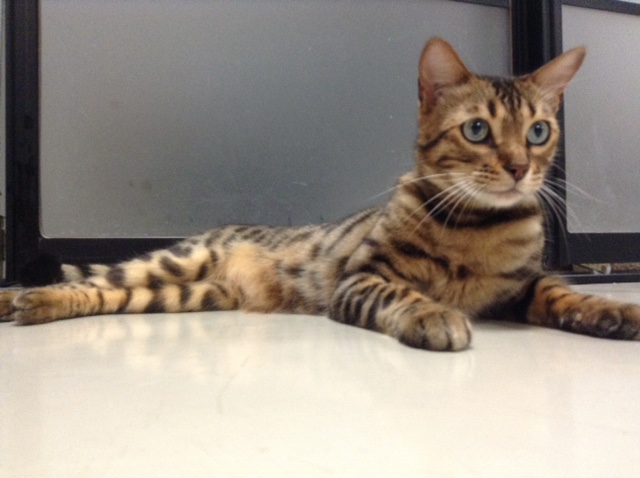There are so many reasons to love cats—they’re beautiful, they’re fun to watch, they’re not that needy, and they keep the mice away. Their pee, however, is a different story.
It’s never fun to come home and discover your beloved kitty has left a puddle of surprise outside their litter box. And there can be a variety of reasons for this, such as behavioral issues, jealousy over a new pet or child, or that your cat may be sick.

Whatever the cause, though, cat urine is definitely the last thing you’d want to smell in your home. So how do you deal with this stubborn problem and eliminate the lingering pee odor on every surface? Here are ways.
1. Blot the urine immediately.
As soon as you discover your cat’s little surprise, especially when you’re engaging in pet sitting or cat kennel services, make sure to remove as much urine as possible. Using paper towels to soak up the pee is recommended especially on carpets, tiles, or wooden furniture. But if there’s just too much urine, it’s better to use old throw-away towels as they can soak up more pee.
2. If the urine has already dried, don’t rub it.
Pour cold water on it instead, then blot.
3. Use an enzymatic cleaner.
Using an enzyme-based pet-odor remover is one of the most popular ways to handle the pervasive odor of cat urine. Enzyme-based cleaners have special biological enzymes that work by breaking down the proteins in the urine, leaving things sanitary and reducing or completely removing the odor. Note that some enzymatic cleaners may no longer be that potent anymore once the stain has been treated with other cleaning agents.
4. Avoid fabric deodorizers and detergents containing ammonia.
Fabric deodorizers and ammonia-based detergents are not effective for breaking down the stain and smell. Ammonia smells like urine to cats, so applying them to the spot where they left their surprise might encourage them to soil the area again. Also with fabric deodorizers, you may not be able to smell leftover urine anymore but your cat surely can, since they have a stronger sense of smell.
5. Create your own homemade solution.
You can also create your own solution using ingredients found in your pantry. Here’s a good recipe: Mix ½ cup of vinegar with 1 ½ cup of warm water. Pour the solution over the stain and let it sit for 3-5 minutes. Note that this concoction is not suitable for marble or stone surfaces.
6. Sprinkle baking soda.
Baking soda is great at absorbing odors. After you cleaned the urine and dried the area, try sprinkling baking soda on it to eliminate the odor that has lingered.
7. Deodorize it
Another way to deodorize is by mixing mild dish detergent with a small amount of hydrogen peroxide and spreading it over the baking soda. Combine ¾ cup of 3% hydrogen peroxide with one teaspoon of mild dish detergent. Before using the mixture, test a small spot first as hydrogen peroxide can discolor fabrics.
8. Using a brush, rub the hydrogen peroxide mixture into the baking soda.
You can also use rubber gloves for this.
9. Once the mixture has dried, vacuum the area.
This is especially important if your cat soiled the carpet. Vacuuming will help remove the remaining urine particles as well as the baking soda.
10. Find ways to stop it from happening.
The best way to address the problem is by keeping it from happening in the first place. There are several steps you can take, such as: replacing the litter box more often, having the cat neutered or spayed, or visiting the veterinarian for a checkup. Retraining your cat is also important especially if you’re thinking about in-home cat care in the East Bay area.
If you are finding it hard to effectively clean your expensive carpets and draperies, secure professional help to avoid damage.
















